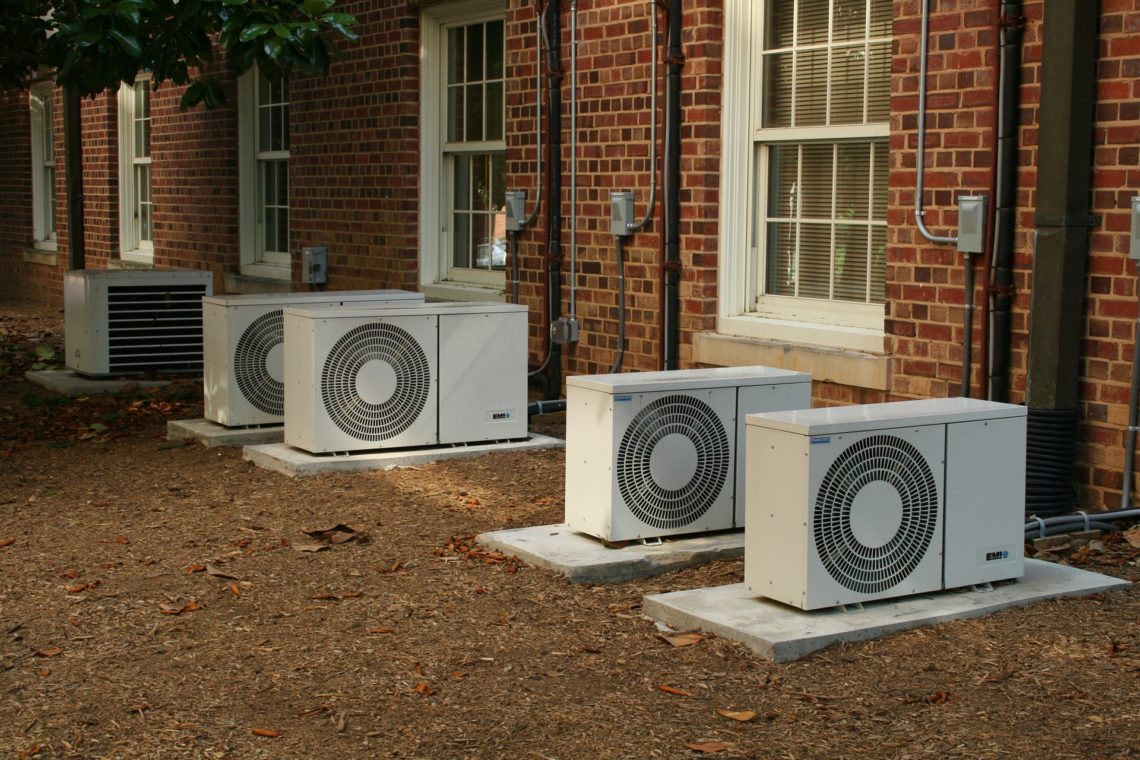Starting at the begining of 2018, sellers of single-family homes in the City of Portland must obtain and disclose a Home Energy Report estimating the energy-related use, associated costs, and cost-effective solutions to improve the home’s energy efficiency.
-
-
3 HVAC Considerations for an Eco-Friendly Home
A sustainable home is one that will not only contribute to a cleaner environment but also enable homeowners to enjoy significant savings on their utility bills every year.
-
Top Five Energy-Efficient Home Appliances
The importance of sustainable living is picking up momentum. From buying locally grown produce to conserving water, there are endless ways to help make your mark on our planet in a positive way right in your own home.
-
5 Unconventional Ways to Cut Home Utility Costs
. For the average American household, monthly utility bills represent a significant chunk of the family budget, usually 5 – 10 percent of monthly expenses. Since utilities are such a big chunk of your expenses, there are probably a number of ways that you can effectively cut your home energy costs each month. While many people may see “going green” as an additional expense, there are a number of green practices that can help you slash your monthly bills. At this point, we all know how to set the thermostat higher when we sleep or leave the house. We know that we can turn the water heater down a little…
-
Clean Energy Victory Bonds
Green America has, for several years, been promoting the idea of Clean Energy Victory Bonds which would make it possible for Americans to invest in clean energy . The problem has been that it takes an act of Congress before the U.S . Treasury can issue these bonds. According to the Green America blog, such a bill was introduced to the House of Representatives in August of 2012. From the Green America blog here’s a brief overview of this program: “Clean Energy Victory Bonds (CEVBs) are proposed U.S. Treasury bonds modeled after Victory Bonds sold during the First and Second World Wars. During World War II, 85 million Americans purchased…
-
Behavior and the Human Dimensions of Energy Use
This is a growing area of research and activity for customer energy efficiency programs. Behavior is clearly a cornerstone of energy efficiency: it affects the purchases we make, the buildings and systems we design, and how we use energy-consuming equipment. To leverage technology and practices for greater savings, energy professionals can use social science to understand both how customers use energy and how programs can benefit customers. This goes beyond simply providing information. Understanding how customers think about their energy use can help programs select technology and engage participants in reducing their energy use through energy efficiency improvements. Considering energy users as members of communities and social networks suggests some…
-
Portland’s Coal Problem
According to Mayor Sam Adams,Portland receives 68 percent of its power from non-renewable fossil fuels and over 44 percent is produced by coal. A great deal of that coal-fired power generation originates in the Rocky Mountains. Oregon’s only coal-fired electric power plants is located in Boardman, Oregon. It is the state’s largest stationary source of carbon dioxide, sulfur dioxide, nitrogen oxide and other pollutants including mercury. PGE owns 65 percent of the Boardman coal-fired power plant and is seeking to submit an alternative operating plant that would phase out the facility or switch to non-coal fuel by 2020. In January, Adams announced his support of PGE’s work to rethink the…





